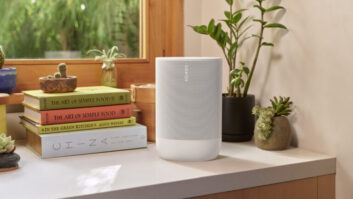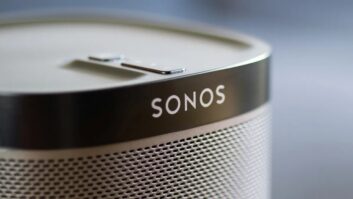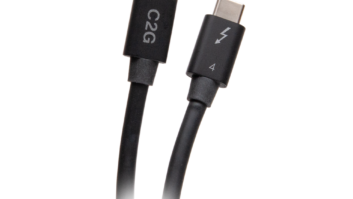The title of this column will likely result in a number of potential readers deciding to not read further because, they believe, home audio is already dead. Their attention is now focused on flat-panel displays, DVRs, high-definition DVD, home networking and/or other more “exciting” technologies. If you feel that way and have read this far, thank you, but please continue.
I understand that interest in home audio is at a historical low, as evidenced by both stagnant sales and home audio departments that you could roll bowling balls through without hitting anyone. You cannot sell what the customer does not want, says conventional wisdom. But is that really true of home audio? I don’t think so, other than to the degree that the industry allows it to be.
I understand the popularity of hotter products like flat-panel TVs and DVRs, but cannot imagine people being interested in such devices without home audio. Can you? Who would not want to watch their new $3,000-plus plasma with high-quality, multichannel sound?
So why don’t people who buy such pricey TVs also upgrade their audio equipment? Well, did you ask them to? Our research shows that over 95 percent of consumers who buy $3,000-plus TVs are not asked about the audio side of things, and few know enough about good audio to seek out information on their own. Moreover, even if they did, have you seen the way audio components are displayed in your typical CE store these days? It is, in a word, dismal.
There is further irony in this. While fewer than 5 percent of customers are asked about audio to complement their new TV, more than five times that number of PC purchasers are told to consider buying a set of speakers for their new computer. And get this: In many cases both scenarios take place in the same store. So sales assistants recommend audio upgrades when buying a PC, but not when buying a TV. Go figure.
Obviously there is a major price differential between buying a $1,000 home audio system to go with the new big-screen TV, and spending a couple of hundred bucks on PC speakers, but that isn’t even the whole point. I only suggest that the subject of audio be addressed when the TV is purchased, and that the customer be invited to return in a month or so to learn how to further improve his video investment.
Most will not return, but think about those that do. If only one out of five new flat-panel buyers were to come back, and out of that only one out of five actually purchased $1,000 of audio equipment, audio sales would increase by $40 million for every 1 million flat-panel TVs sold. In other words, $40 million in additional revenue could be realized from only 4 percent of flat-screen purchasers who buy only an additional $1,000 of audio equipment.
These are hardly aggressive assumptions. What’s more, none of this takes into account the possibility of customers purchasing even more add-ons — including additional TVs and DVRs for other rooms — once they experience how quality audio enhances home theater. This is also hardly an aggressive assumption.
So where does that leave us? Well, nowhere if manufacturers and retailers don’t change their approach to market. The consumer does not know what 7.1 or DTS means, nor can you expect them to find out on their own. Helping them learn is your responsibility, and if you do, everyone will be the better for it.
I would like to help make that happen. To that end, I am working to create a coalition whose goal will be to reignite interest in home audio. In the beginning this will no doubt be a limited effort, but I intend to see it grow, and I wish to extend an invitation to all of you who believe as I do that there is a better future for home audio.












